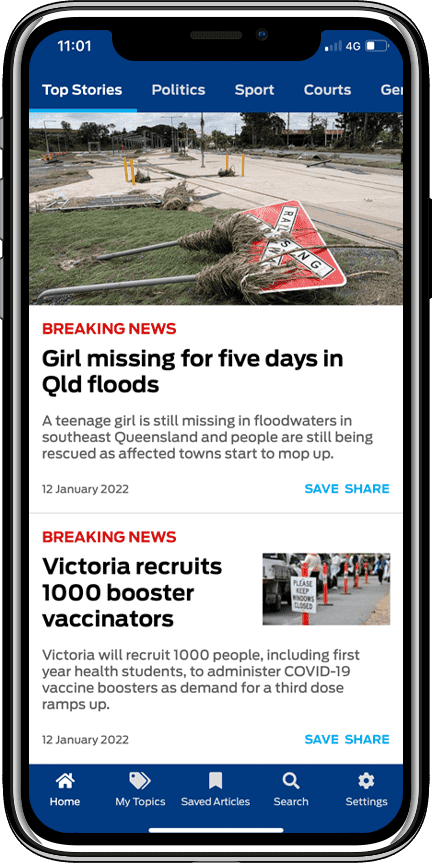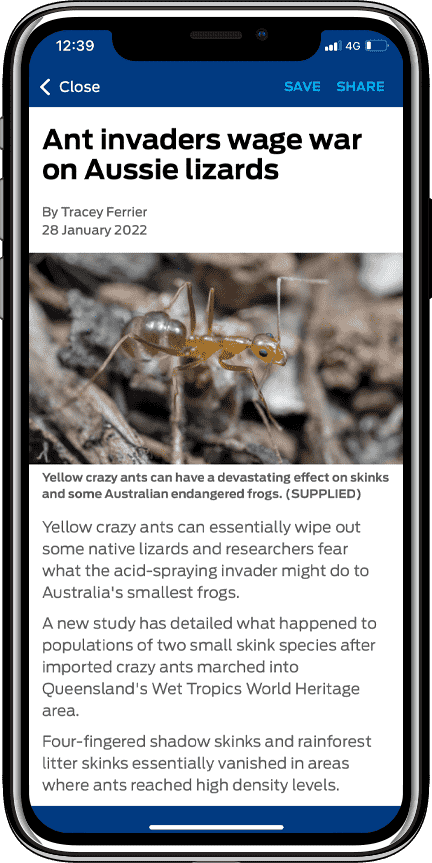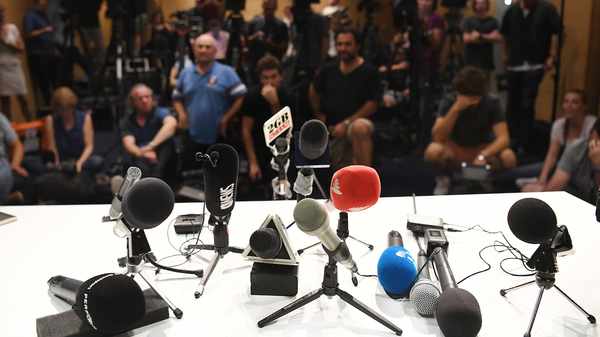Australia can't rely entirely on electric vehicles to reduce transport emissions to safe levels and governments must pursue other ways to cut pollution from the sector.
Monash University's Climateworks Centre made the finding in modelling released on Tuesday that showed electric vehicles, both big and small, would need to make up 73 per cent of all new vehicles sold by 2030 to meet Australia's climate goals.
But if the low-emission cars and trucks only made up 56 per cent of new vehicle sales, Australia would overshoot its transport emissions goal by 21 per cent.
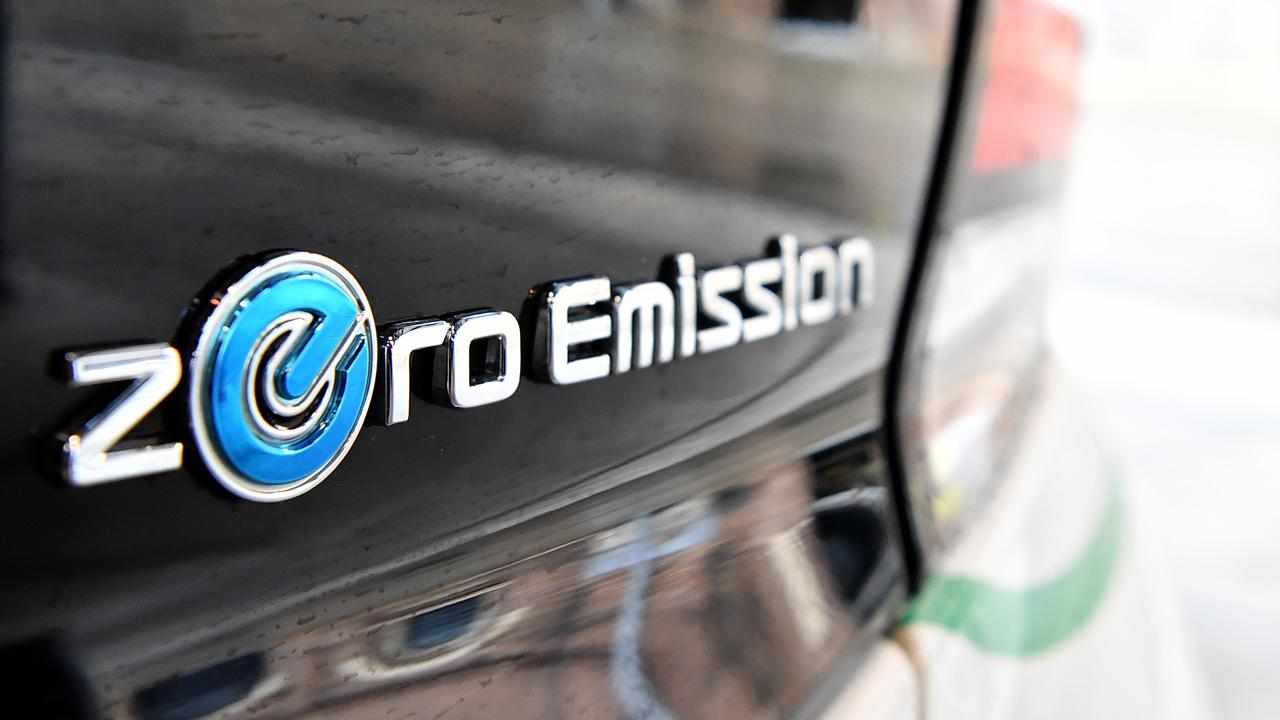
The findings come weeks after the federal government opened public consultation into a transport net-zero plan for 2050, and after the release of the nation's first fuel-efficiency standard that could boost low-emission vehicle numbers from next year.
The study, called Decarbonising Australia's Transport Sector, is the first from the organisation that investigates ways to cut transport emissions with more than just technology, such as electric and hydrogen vehicles.
Climateworks Centre transport program lead Helen Rowe said the modelling showed electric vehicles would still play the biggest role in reducing transport pollution but there were ongoing challenges, such as supply shortages, that may necessitate a different approach.
"We've tended to put all our eggs in the EV basket when it comes to transport decarbonisation in Australia, relying on that as the main solution," she told AAP.
"In the face of moderate uptake of electric vehicles today and quite low uptake of zero-emission trucks and light commercial vehicles, we wanted to think about the approach."
The report found 73 per cent of all new vehicle sales, including trucks, would need to be electric by 2030 to meet the Paris Agreement's 1.5-degree goal, but a "diverse" approach to cutting transport emissions could make up for a shortfall.
The report found efforts to avoid unnecessary travel, such as reducing passenger trips by 10 per cent and freight by five per cent, and shifting modes of transport like swapping car trips to public and active transport, plane travel for rail journeys, and truck transport for rail freight could make deeper pollution cuts.
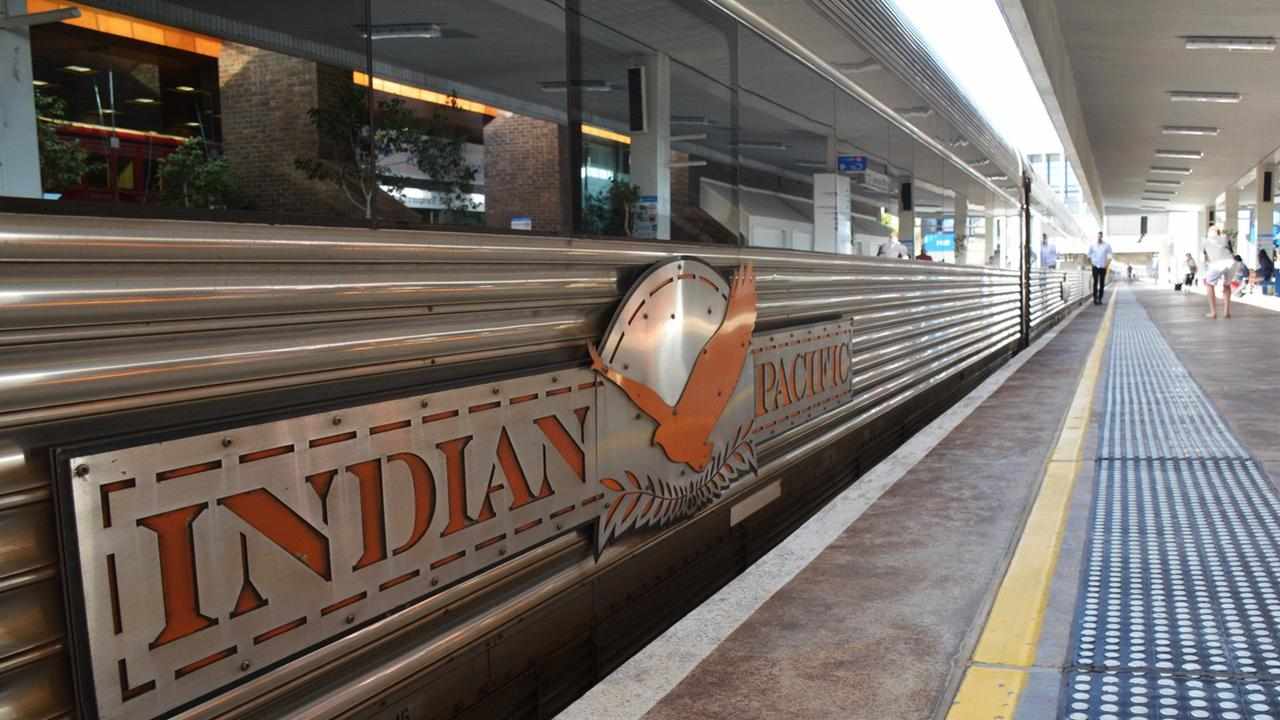
The diverse approaches, the study found, could bring Australia within four per cent of its emissions target by 2030 rather than overshooting it by 21 per cent due to lower electric vehicle sales.
Report author Lily Rau said even if electric vehicle adoption did reach the 72 per cent target, cutting emissions in other ways could ease pressure on other high-pollution industries .
"Taking a diverse solutions approach is a win-win," she said.
"If uptake accelerates, having a range of transport solutions will help deepen emissions reductions further for the entire sector or more broadly."
The findings come weeks after Transport Minister Catherine King opened a public consultation into the Transport and Infrastructure Net-Zero Consultation Roadmap that will set out ways to cut transport pollution by 2050.
The government will accept submissions into the plan until July 26.



